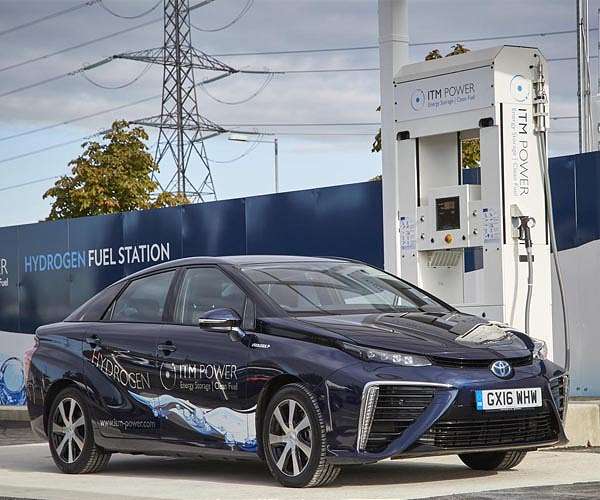Direct observation of space charge layers in fuel cell electrolytes
A team of researchers from the University of Tokyo has successfully observed the space charge layers in the solid electrolyte of a fuel cell, providing important insights into their existence and impact.
Solid Oxide Fuel Cells (SOFCs) have received attention for their potential to provide clean energy, due to their high efficiency and low carbon emissions. These fuel cells use yttria-stabilized zirconia (YSZ) and other oxygen ion conductors as solid electrolytes. A long-standing challenge is the significant drop in ionic conductivity at the interfaces between numerous crystal grains, known as grain boundaries, in the material.
This drop in conductivity is believed to be due to space charge layers forming in the nanometer-scale region near the grain boundaries. However, directly observing these layers has proven extremely difficult, leaving fundamental questions about their existence unresolved.
In this study, researchers including Assistant Professor Satoko Toyama, Lecturer Takehito Seki, Project Lead Professor Bin Feng, Specially Appointed Research Professor Yuichi Ikuhara, and Director and Professor Naoya Shibata, used advanced electron microscopy techniques to directly demonstrate the presence of space charge layers. the grain boundaries of YSZ.
Their work included examining local electric fields at multiple grain boundaries with different crystal orientations, ultimately identifying some boundaries where space charge layers were absent.
By also conducting atomic structure observations, they discovered that the presence of space charge layers is strongly linked to the orientation and atomic structure of the grain boundaries. These findings suggest that controlling the structure of grain boundaries could help eliminate space charge layers and reduce resistance to ion conduction.
The research marks an important step toward understanding the factors that contribute to ion conduction resistance in battery materials, potentially paving the way for new methods to improve their performance.
The development was part of the “SHIBATA Ultra-atomic Resolution Electron Microscopy” project supported by the Japan Science and Technology Agency (JST) under the Strategic Basic Research Program ERATO. This project aims to create a new electron microscopy technique with “ultra” atomic resolution, which surpasses conventional atomic resolution to enable simultaneous observation of atomic structures and electromagnetic field distributions over a wide temperature range. Such advances are expected to enable direct investigation into the origins of materials and biological functions.
Research report:Direct observation of space charge-induced electric fields at oxide grain boundaries


